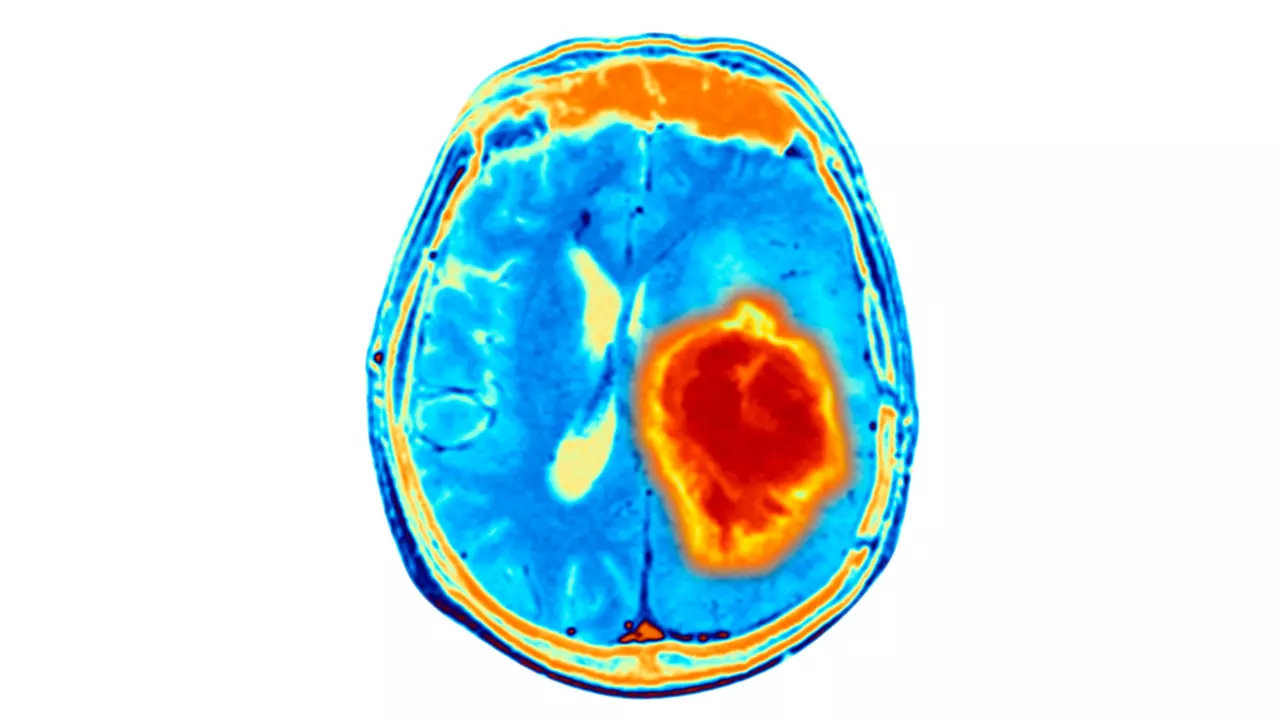A New Role for Folliculin in Preventing Tumour Development
3 Dec 2023
We are excited to be sharing with you a recently published paper by Woodford et al., exploring the reason why the loss of folliculin (FLCN), the gene mutated in Birt-Hogg-Dubé syndrome (BHD), drives tumour development.
Cancer cells have characteristics that allow them to grow and replicate uncontrollably. One of these is the deregulation of cellular metabolism, in other words, cancer cells can change how they get their energy. To produce energy cells normally break up glucose to produce pyruvate which then interacts with oxygen and releases carbon dioxide (CO2). If there is limited or no oxygen pyruvate is converted to lactate instead. However, cancer cells will rapidly take up glucose and convert pyruvate into lactate, even in the presence of oxygen, which is beneficial for the cancer cell. This shift in cellular metabolism is known as the Warburg effect and is driven by Lactate Dehydrogenase A (LDHA), the enzyme which converts pyruvate into lactate. Interestingly, loss of FLCN has previously been shown to increase LDHA activity. Woodford et al., examined this relationship further and investigated whether LDHA could be targeted to treat Kidney cancer.
Several different experiments were undertaken to characterise the relationship between FLCN and LDHA. Detailed examination of the FLCN protein in a kidney cell line showed that FLCN interacted with 114 different proteins including LDHA and that high FLCN expression reduced LDHA activity. To determine how FLCN reduced LDHA activity the relationship between LDHA and its cofactor (a small molecule needed for LDHA activity) was examined. High levels of FLCN reduced the binding between LDHA and its cofactor likely through alteration of LDHA’s structure thereby reducing the activity of LDHA. Taken together these results demonstrate a new role for folliculin as a binding partner and inhibitor of LDHA.
Next Woodford et al., examined the significance of this finding in cancer cells. 13 cell lines, including a kidney cell line, showed a metabolic shift and hyperactivity of LDHA. 11 of these cell lines also showed a dissociation between FLCN and LDHA suggesting that the inhibitory effects of FLCN are lost in many cancer cell lines.
The creation of targeted therapies against LDHA has always been an appealing area of investigation for cancer treatments, however creating a target that is specific to LDHA has been challenging because there are other similar proteins. The discovery of FLCN as an inhibitor of LDHA creates a new opportunity for such therapies. Firstly, Woodford et al, showed that FLCN binds specifically to LDHA and none of its similar proteins. They then identified the specific region of the FLCN protein which binds to LDHA. They produced a series of peptides (a chain of amino acids which is the building blocks of proteins) derived from FLCN to target LDHA based on their findings of how FLCN binds to LDHA. These peptides were tested in normal kidney cells in vitro and those that were taken up by the cells and reduced LDHA activity were selected for further tests. They then examined the response to the peptides in a kidney cancer cell line. One of the peptides named FLCN-10 was able to bind to LHDA and this resulted in cancer cell death. Next tissue samples from a kidney cancer of a BHD patient were treated with FLCN-10. FLCN effectively reduced LDHA activity in the kidney cancer cells.
Altogether Woodford et al., have demonstrated a new role of FLCN as an inhibitor of LDHA. It binds to LDHA and regulates its activity. Therefore, in BHD, loss of FLCN results in LDHA hyperactivity resulting in the Warburg effect which is beneficial for cancer cells. An understanding of this interaction between FLCN and LDHA meant Woodford et al., were able to create a folliculin derived peptide which bound to LDHA and inhibited its activity. This discovery could pave the way for a new LDHA targeted cancer treatment not only for BHD patients but other cancer patients as well.
We are sorry that the paper is currently not freely available. Please message us if you have any further questions at contact@thebhdfoundation.org.
